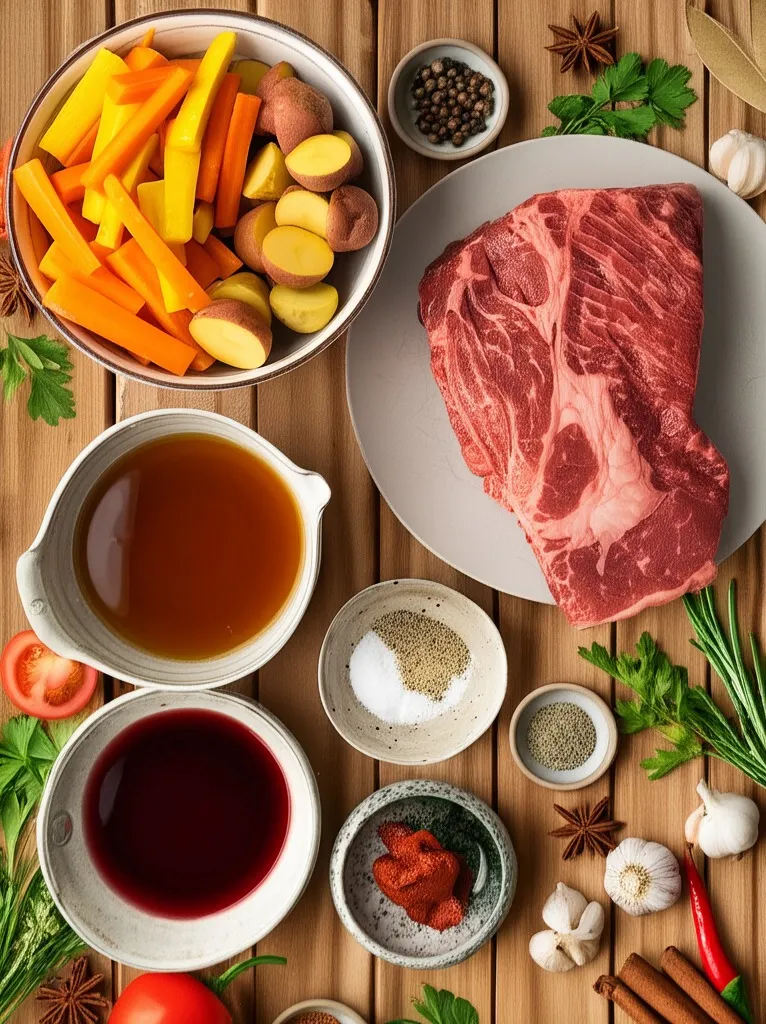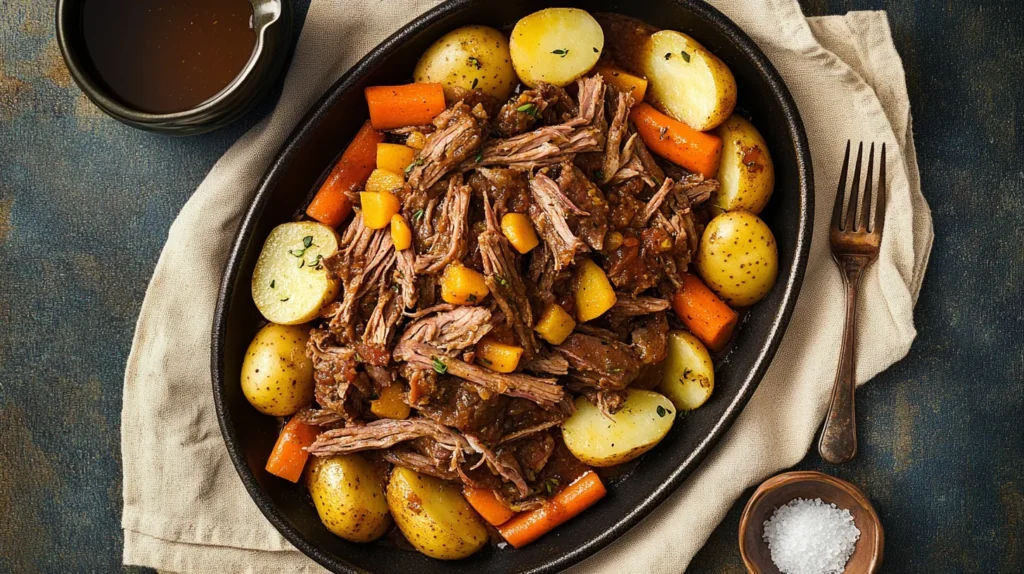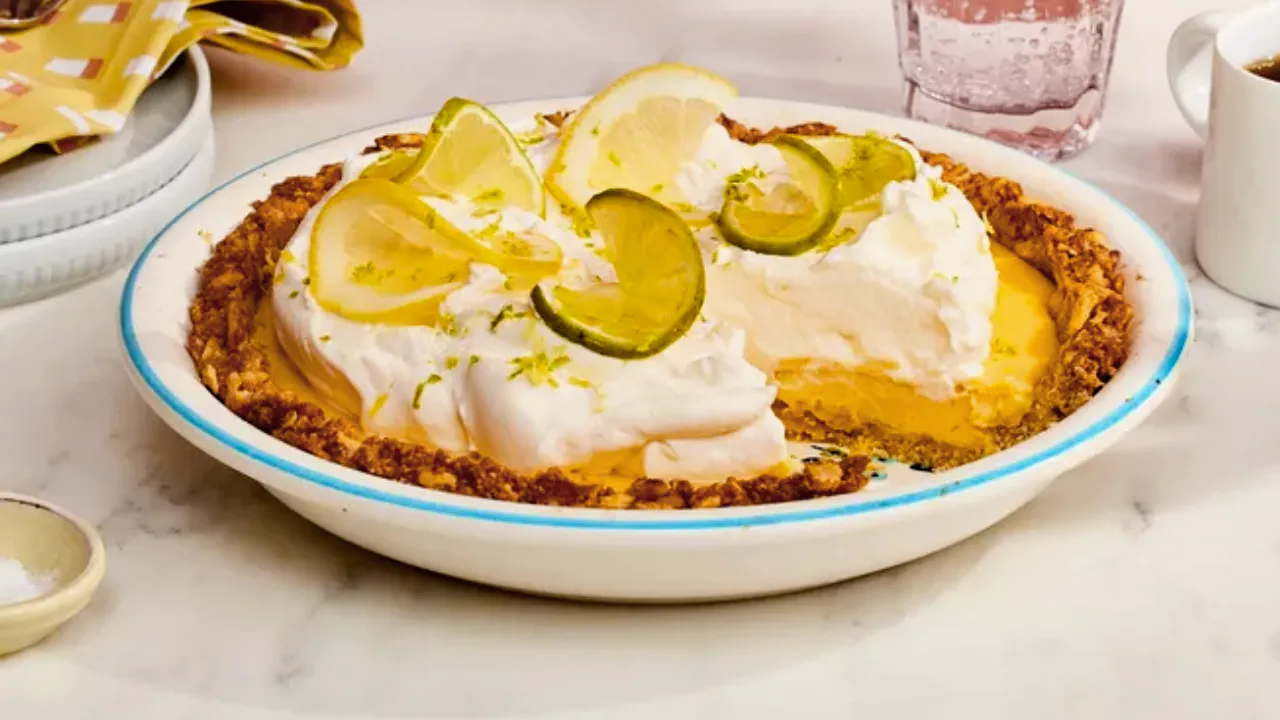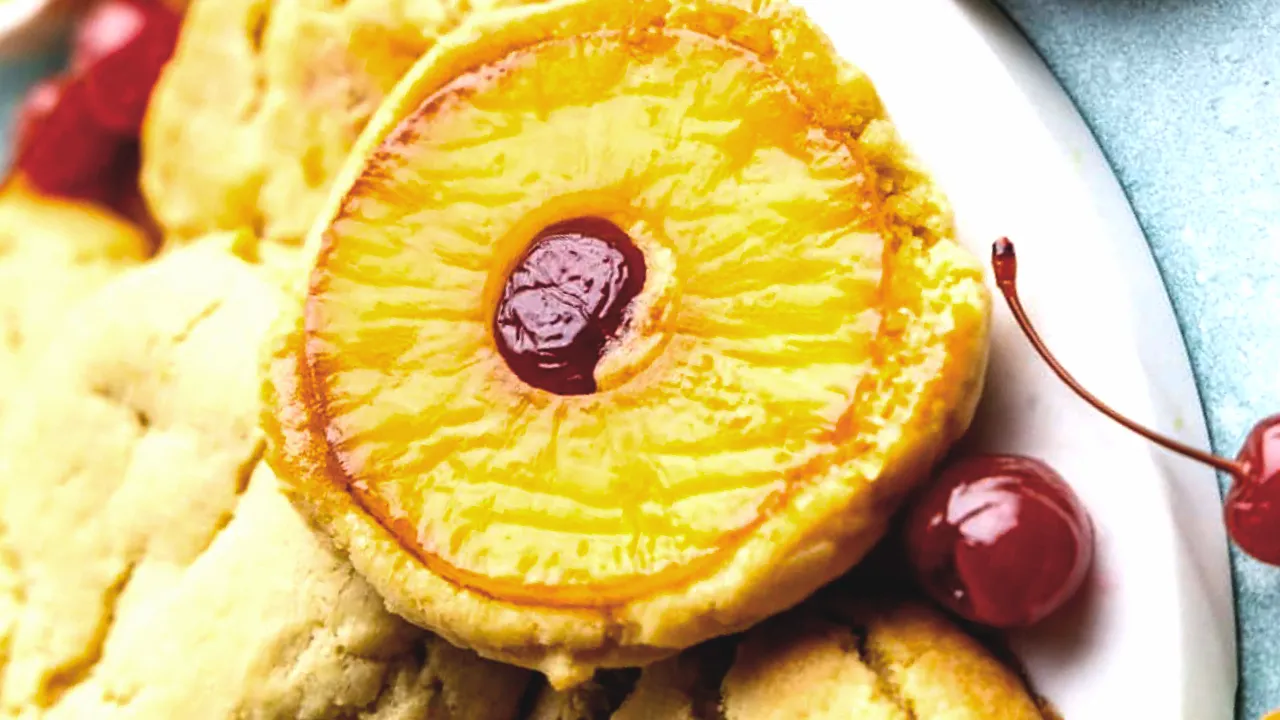Chuck roast is a flavorful and budget-friendly cut of beef, but its tough texture requires the right cooking method to bring out its best qualities. So, is chuck roast better in the oven or crockpot? Both methods can produce tender, juicy results, but each has its own benefits depending on your time, tools, and flavor preferences.
In this guide, we’ll compare oven and crockpot cooking for chuck roast, exploring the advantages of each method and tips for perfect results. By the end, you’ll know which technique is best for your next chuck roast meal.
Why Cooking Method Matters for Chuck Roast
The cooking method you choose for chuck roast greatly influences its flavor, texture, and convenience. Understanding how each technique works can help you achieve the best results for your meal.
1. The Characteristics of Chuck Roast
- Rich Marbling:
- Chuck roast is a well-marbled cut of beef, with fat that melts during cooking to enhance flavor and tenderness.
- Connective Tissue:
- High in collagen, this cut requires slow, gentle cooking to break down the connective tissue into gelatin, which makes the roast juicy and tender.
- Budget-Friendly:
- This economical cut is ideal for family meals and versatile dishes like pot roast, shredded beef, or hearty stews.
2. The Role of Cooking Method in Flavor and Texture
- Oven Cooking:
- Produces a caramelized exterior and a slightly firmer texture. Great for enhancing the roast’s natural flavors and serving with sides like roasted vegetables or gravy.
- Crockpot Cooking:
- Delivers ultra-tender, fall-apart meat by cooking the roast low and slow in a moist environment. Ideal for stews, shredded beef, or comfort meals.
Pro Tip: Both methods work well, but the choice depends on the dish you’re preparing and the time you have available.
Chuck Roast in the Oven: Benefits and Best Practices
Cooking chuck roast in the oven is a traditional method that enhances flavor while offering control over temperature and texture. Here’s what makes the oven a great choice for this cut.
1. Flavor and Texture Advantages
- Caramelized Crust:
- The dry heat of the oven creates a beautifully caramelized exterior, adding depth to the roast’s flavor.
- Even Cooking:
- The oven ensures consistent heat distribution, allowing the roast to cook evenly throughout.
- Flexible Flavor Profiles:
- Oven roasting allows for a variety of seasonings, from classic herbs and garlic to spice rubs for bold flavors.
Best For:
- Traditional pot roast with gravy.
- Sliced roast beef dinners with sides like mashed potatoes or green beans.
2. Tips for Oven Cooking
- Set the Right Temperature:
- Roast at 300°F-325°F for tender results. Lower temperatures allow the meat to cook gently, breaking down connective tissue.
- Use a Roasting Pan:
- Place the roast on a rack in a roasting pan to elevate it above the liquid, ensuring the bottom doesn’t become soggy.
- Add Liquid for Moisture:
- Pour beef broth, wine, or water into the bottom of the pan to keep the roast moist and prevent it from drying out.
- Cover for the First Half:
- Cover the pan with foil during the first half of cooking to lock in moisture, then remove it to develop a caramelized crust.
- Monitor Internal Temperature:
- Use a meat thermometer to ensure the roast reaches 190°F-200°F for tender, pull-apart results.
Pro Tip: Rest the roast for 15-20 minutes after removing it from the oven to allow the juices to redistribute.
Chuck Roast in the Crockpot: Benefits and Best Practices
Using a crockpot to cook chuck roast is a convenient and effective way to achieve tender, flavorful meat with minimal effort. Here’s why this method is a favorite for home cooks.

1. Why Crockpot Cooking Works
- Moist Cooking Environment:
- The slow cooker retains steam and moisture, breaking down the connective tissue in the chuck roast for a melt-in-your-mouth texture.
- Hands-Off Convenience:
- Once the ingredients are added, the crockpot does all the work. Perfect for busy schedules or prepping meals ahead of time.
- Enhanced Flavor Infusion:
- Slow cooking allows the meat to absorb the flavors of the broth, seasonings, and vegetables over several hours.
Best For:
- Hearty pot roasts with potatoes, carrots, and onions.
- Shredded beef for tacos, sandwiches, or stews.
2. Tips for Slow Cooking
- Start with a Sear:
- Before placing the chuck roast in the crockpot, sear it on all sides in a hot skillet. This step locks in juices and adds a caramelized crust for extra flavor.
- Layer Ingredients:
- Place root vegetables like carrots and potatoes at the bottom of the crockpot, then lay the roast on top. This ensures the vegetables cook evenly and absorb the roast’s juices.
- Add Enough Liquid:
- Use beef broth, red wine, or tomato sauce as a base to keep the roast moist and flavorful. Ensure the liquid covers about one-third to halfway up the roast.
- Set the Right Heat:
- Low Setting: Cook for 8-10 hours for maximum tenderness.
- High Setting: Cook for 4-6 hours for faster results, though the texture may be slightly firmer.
- Finish with Fresh Herbs:
- Add fresh herbs like parsley or thyme at the end of cooking to brighten the dish and enhance its flavor.
Pro Tip: Avoid removing the lid during cooking to maintain the heat and moisture inside the crockpot.
Is Chuck Roast Better in the Oven or Crockpot?: Comparing Key Factors
Both the oven and crockpot are excellent methods for cooking chuck roast, but they offer different advantages depending on your preferences and needs. Here’s a detailed comparison to help you decide.

1. Cooking Time and Convenience
- Oven:
- Time: Typically requires 2.5-4 hours at 300°F-325°F, depending on the size of the roast.
- Convenience: Requires periodic checking to monitor liquid levels and temperature.
- Crockpot:
- Time: Can take 8-10 hours on low or 4-6 hours on high.
- Convenience: Hands-off cooking method with minimal supervision. Ideal for busy days or meal prep.
Winner for Convenience: Crockpot
2. Flavor Depth
- Oven:
- The dry heat allows for caramelization, creating a rich, flavorful crust that adds depth to the dish.
- Great for recipes that rely on roasted flavors or a crispy exterior.
- Crockpot:
- The slow, moist cooking method infuses the meat with the flavors of the liquid and seasonings but doesn’t create a crust.
- Best for dishes where tenderness and moisture are prioritized over caramelization.
Winner for Flavor Complexity: Oven
3. Moisture and Tenderness
- Oven:
- Can produce slightly firmer results, especially if cooked uncovered. Adding liquid and covering the roast helps retain moisture.
- Crockpot:
- Consistently delivers fall-apart tenderness due to the enclosed, moist environment. Perfect for shredding or serving with gravy.
Winner for Tenderness: Crockpot
4. Versatility
- Oven:
- Offers versatility in terms of roasting styles, crust development, and temperature control. Ideal for dishes that require browning.
- Crockpot:
- Best for one-pot meals where the meat cooks alongside vegetables and broth.
Winner for Versatility: Oven
5. Energy Efficiency
- Oven:
- Requires more energy to maintain a consistent temperature over several hours.
- Crockpot:
- Uses less energy, making it a cost-effective option for long cooking times.
Winner for Efficiency: Crockpot
Summary of Key Factors
| Factor | Oven | Crockpot |
|---|---|---|
| Cooking Time | Shorter (2.5-4 hours) | Longer (4-10 hours) |
| Convenience | Moderate supervision | Hands-off |
| Flavor Depth | Rich caramelization | Moist, infused flavors |
| Tenderness | Slightly firmer | Fall-apart tender |
| Versatility | Browning and crust | One-pot meals |
| Efficiency | Higher energy usage | Lower energy usage |
How to Decide Which Method is Best for Your Needs
Choosing between the oven and crockpot for cooking chuck roast depends on your time, flavor preferences, and the type of dish you’re preparing. Here’s how to decide which method works best for you.
1. Time and Convenience
- Crockpot:
- Ideal for busy days when you want to “set it and forget it.” The hands-off approach allows you to focus on other tasks.
- Great for meal prep, as the slow cooking time fits into a full day’s schedule.
- Oven:
- Better suited for occasions when you have time to monitor the cooking process. The shorter cooking time compared to a crockpot is perfect for same-day meals.
Choose Crockpot for Convenience: If you’re busy or need a one-pot meal with minimal effort.
Choose Oven for Speed: If you want a quicker roast with caramelized flavors.
2. Flavor Preferences
- Crockpot:
- Delivers ultra-tender, juicy meat infused with the flavors of the broth and seasonings.
- Perfect for recipes like shredded beef, tacos, or stews where tenderness is key.
- Oven:
- Produces a flavorful, caramelized crust that adds depth to the roast.
- Ideal for dishes like traditional pot roast or roast beef dinners where a crispy exterior is desirable.
Choose Crockpot for Moisture: If you prioritize fall-apart tenderness.
Choose Oven for Complexity: If you prefer a balance of crispy exterior and tender interior.
3. Meal Type and Occasion
- Crockpot:
- Best for comfort meals, casual dinners, or meal prepping shredded beef for multiple dishes.
- Oven:
- Perfect for formal dinners or occasions where presentation matters, such as slicing the roast into uniform pieces.
Pro Tip: For a hybrid approach, sear the roast in a skillet, start cooking it in the oven for caramelization, and finish in the crockpot for tenderness.
Summary
| Preference | Crockpot | Oven |
|---|---|---|
| Convenience | Minimal effort | Active monitoring required |
| Tenderness | Moist, fall-apart texture | Slightly firmer texture |
| Flavor Complexity | Infused with liquid | Caramelized exterior |
| Cooking Time | 4-10 hours | 2.5-4 hours |
| Occasion | Casual or meal prep | Formal or traditional |
Pro Tip: Match the method to your schedule and desired dish. For shredded or saucy meals, go with the crockpot. For a traditional roast, choose the oven.
FAQs About: Is Chuck Roast Better in the Oven or Crockpot?
Here are answers to some commonly asked questions about cooking chuck roast to help you achieve the best results.
1. Can I Cook Chuck Roast Without Liquid?
It’s not recommended to cook chuck roast without liquid, especially in a crockpot.
- Why Liquid Matters:
- Liquid helps to break down the connective tissue and keeps the roast moist.
- It also prevents burning in the crockpot or oven during long cooking times.
- Best Liquids to Use:
- Beef broth, red wine, water with herbs, or tomato-based liquids.
2. What’s the Ideal Internal Temperature for Chuck Roast?
The internal temperature of the roast depends on how you plan to serve it:
- 145°F: Medium-rare, ideal for slicing and serving as a traditional roast beef.
- 190°F-200°F: Perfect for fork-tender, shredded chuck roast.
Pro Tip: Use a meat thermometer to check the temperature without cutting into the roast, ensuring it retains its juices.
3. Can I Start Chuck Roast in the Oven and Finish in the Crockpot?
Yes, combining the two methods can give you the best of both worlds:
- How to Do It:
- Sear the roast in a skillet to develop a crust.
- Roast in the oven for 30 minutes at 350°F for caramelization.
- Transfer the roast and drippings to the crockpot, add liquid, and cook on low for 6-8 hours.
Why It Works: This technique combines the oven’s ability to create a crust with the crockpot’s ability to produce tender, juicy meat.
4. Can I Cook Chuck Roast in a Dutch Oven?
Absolutely! A Dutch oven is a versatile tool for cooking chuck roast:
- Why It Works:
- Combines the benefits of oven roasting and slow cooking in one pot.
- Retains heat and moisture for even cooking.
- How to Use It:
- Sear the roast in the Dutch oven, add liquid and vegetables, cover, and roast in the oven at 300°F for 3-4 hours.
Pro Tip: Check the liquid level halfway through cooking and add more if needed.
Conclusion: Is Chuck Roast Better in the Oven or Crockpot?
Both the oven and crockpot are excellent methods for cooking chuck roast, and the best choice depends on your time, preferences, and the dish you’re preparing.
Key Takeaways
- Choose the Crockpot If:
- You prefer hands-off convenience and ultra-tender, fall-apart meat.
- You’re cooking comfort meals like pot roast or shredded beef.
- Choose the Oven If:
- You enjoy a rich, caramelized crust and slightly firmer texture.
- You’re preparing a formal meal or traditional roast beef dinner.
For the best of both worlds, start your roast in the oven to develop a crust and finish it in the crockpot for perfect tenderness. Whatever method you choose, following the right techniques and tips ensures a flavorful, juicy chuck roast every time.
For more inspiration, check out our beef roasting guide or explore slow cooker meal ideas to elevate your cooking game.



